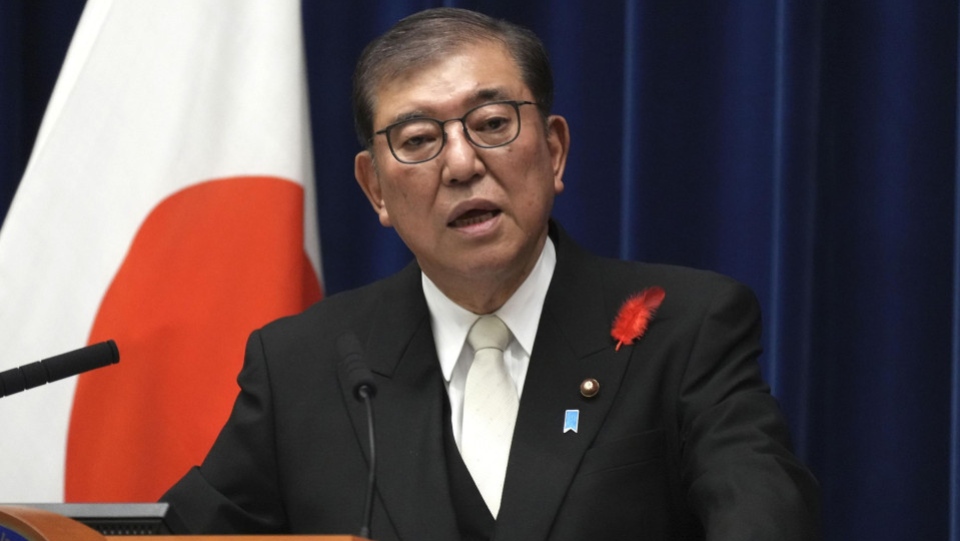Impact of Japanese Prime Minister Ishiba’s Capital Gains Tax Hike on Monetary Tightening
Following the appointment of Japanese Prime Minister Shigeru Ishiba, the Bank of Japan is expected to proceed with further monetary tightening. However, Ishiba’s ambition to increase the capital gains tax could pose a threat to the bank’s goals of higher rates.
Market Volatility Concerns
Analysts anticipate that a tax hike on capital gains, targeting wealthy individuals for wealth redistribution, may lead to increased market volatility. This could result in a capital outflow from Japanese financial markets, potentially hindering the BOJ’s ability to act.
BOJ’s Approach to Rate Hikes
Market stability plays a crucial role in determining the timing of rate hikes by the Bank of Japan. The central bank has become more cautious in its stance on rate increases, with a focus on maintaining calm in financial markets before implementing further hikes.
Market Reaction and Economic Policy
Even though Ishiba has not disclosed the specifics of his proposed tax adjustments, markets have already responded to the potential implications. The Nikkei experienced a temporary drop following Ishiba’s election, reflecting concerns over the economic impact.
BOJ’s Path Forward
The Bank of Japan has gradually shifted away from its negative rate policy, with hints of multiple rate hikes to reach a neutral rate. Analysts suggest a possible rate hike in December, contingent on market stability and economic conditions aligning with the bank’s projections.
Risks and Uncertainties
In addition to the domestic economic policies, the BOJ is also monitoring external factors such as the U.S. Federal Reserve’s recent rate adjustments. The overall success of monetary tightening efforts hinges on market stability and global economic conditions.
Government-BOJ Relationship and Monetary Policy
Prime Minister Ishiba’s approach to monetary policy emphasizes the independence of the Bank of Japan in decision-making. While maintaining a cooperative stance with the central bank, Ishiba aims for a normalized monetary policy without disruptions to the economy or people’s livelihoods.
Future Policy Direction
Analysts predict that under Ishiba’s leadership, monetary tightening will likely progress at a moderate pace, aligning with the previous economic policies. The BOJ’s upcoming policy meeting scheduled for October will provide insights into the bank’s strategies under the new government.
Source : english.kyodonews.net
